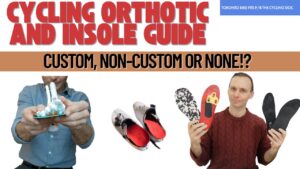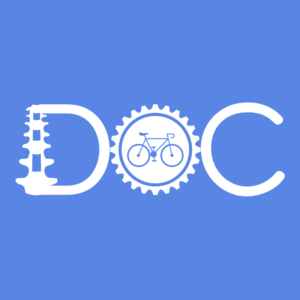The marathoner is able to run 26 miles because their body slowly adapts to it. With training their bones thicken, red blood cells proliferate, muscles strengthen, and both the cardiovascular, and nervous systems become more efficient. Slowly over time these changes occur because the body is pushed beyond its limits, and it adapts to meet these new demands.
The body has an incredibly ability to change, adapt and become more efficient based on what it is subjected to. Whether it is greater exercise volume or intensity, a change in altitude, or learning a new fact or skill, our bodies interpret the demands that are to be met. From this interpretation there will either be an increase or decrease in the trillions of metabolic processes to produce the desired effect.
We are able to continually achieve greater gains in the gym because our body recognizes that if it is going to lift more weight it is going to need to store more muscle glycogen, lay down more contractile muscle proteins, increase the number of cellular organelles and enzymes that produce energy, form new neuromuscular connections between the brain and muscles, and lay down more collagen so that the ligaments and joints can support more weight and more #gains.
What about the opposite scenario?
The majority of my daily practice caters to Toronto’s great downtown core. For the most part my beloved patients are warriors by night and chair marathoners by day. If sitting were an Olympic sport, my patients would come home with the gold and I would be standing proudly on the sidelines. As any practitioner will testify to, it is possible for an office employee to sit between 6-14 hours a day. Over days, weeks, months, years and decades of work, the hours spent sitting add up to an unbelievable proportion of one’s adult life
Our metabolism will work for optimal efficiency by providing us only with what we need to get by. If you do not use it, you lose it. And if all we do is sit, then our body will make sure we are really good at that: the joints will lose the range of motion they never use, the back and spine will stiffen to support us in a chair, protein will be stripped away from our muscles to be used elsewhere yielding less strength and speed, and adipose (fat) tissue will be laid down instead of muscle glycogen because of an excess of calories.
On a gross level, the chair marathoner will have tight hip flexors (the psoas is in its shortest position while sitting) and tight hamstrings that will shorten, the glutes will atrophy and weaken from disuse, we develop a more hunched back as we perpetually lean ever closer to our phones and computers, we can’t touch our toes, we can’t squat “ass to grass” and just feel progressively stiffer.
We are how we move, and if we don’t ask our body to move a certain way often enough, it is going to be difficult to do it upon command.
I help my chair marathoners regain these lost movements and functions. Give someone the correct exercises and the body will often regain it’s optimal form. The more active you are now, the better your body will be able to perform while doing the activities you are passionate about, whether it is tomorrow or when you finally retire.
In the cases when exercise is not enough or you want faster results, acupuncture, joint mobilization/ manipulation and some massage can often work to restore the normal function of a joint and its surrounding musculature sooner than self-care. Quality manual therapy to mobilize a stiff hip, turn on the glutes again with some electro-acupuncture, or peel the shoulder-blade off the rib cage in someone with a stiff shoulder will generally deliver superior results in a faster time than self-care: sometimes the body needs a little help adapting more quickly.
You are how you move.
Even if you have a desk job all hope is not lost. Take walking meetings (like Steve Jobs!) or walk at lunch, get up from your chair every 20-30 minutes and stretch, squat when waiting for the bus or during a break, make yoga or mobility work or stretching part of your daily routine, strain your body at the gym, and if you are not seeing the gains in stretching, strengthening, or mobilizing a joint for better flexibility in the hips, back or shoulder, get some help from your friendly local Spider Man chiropractor.




